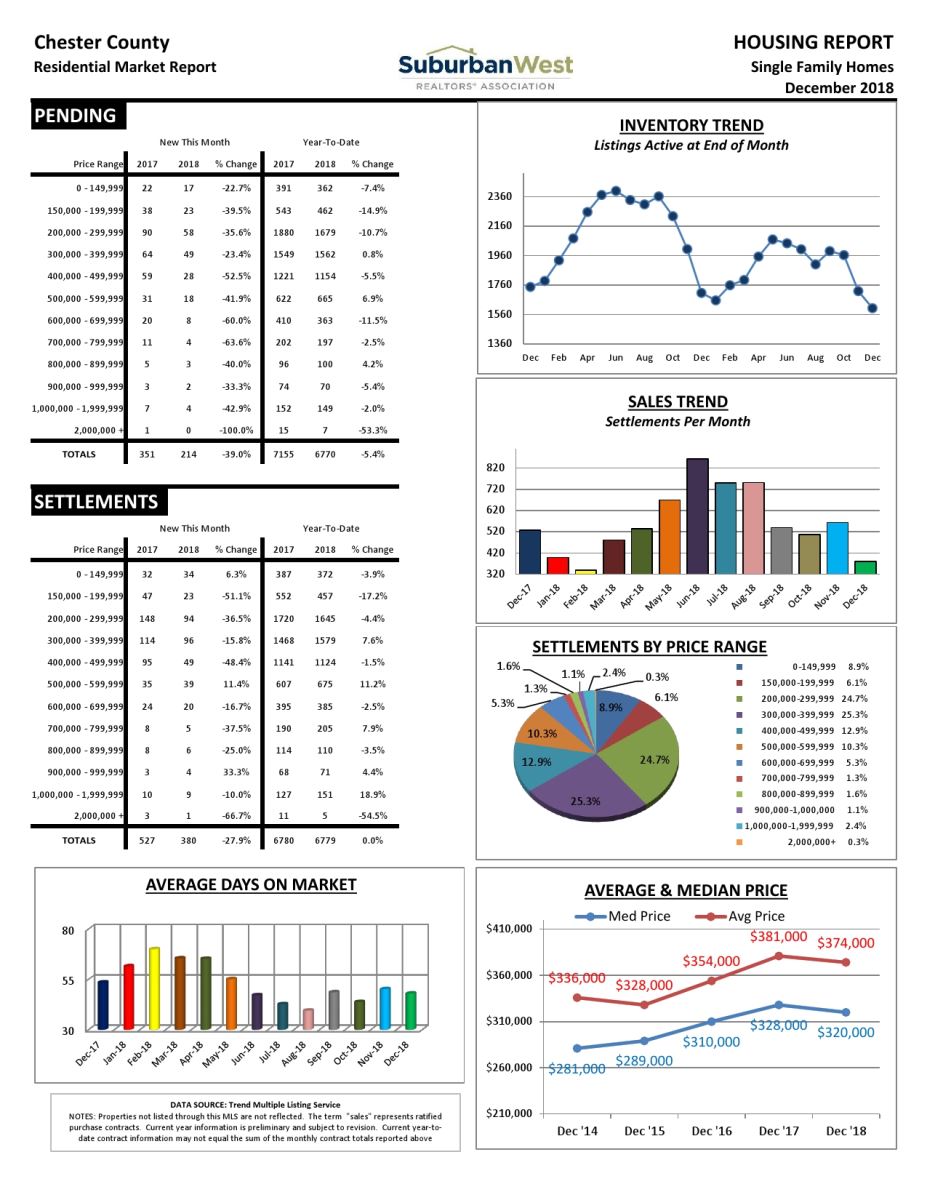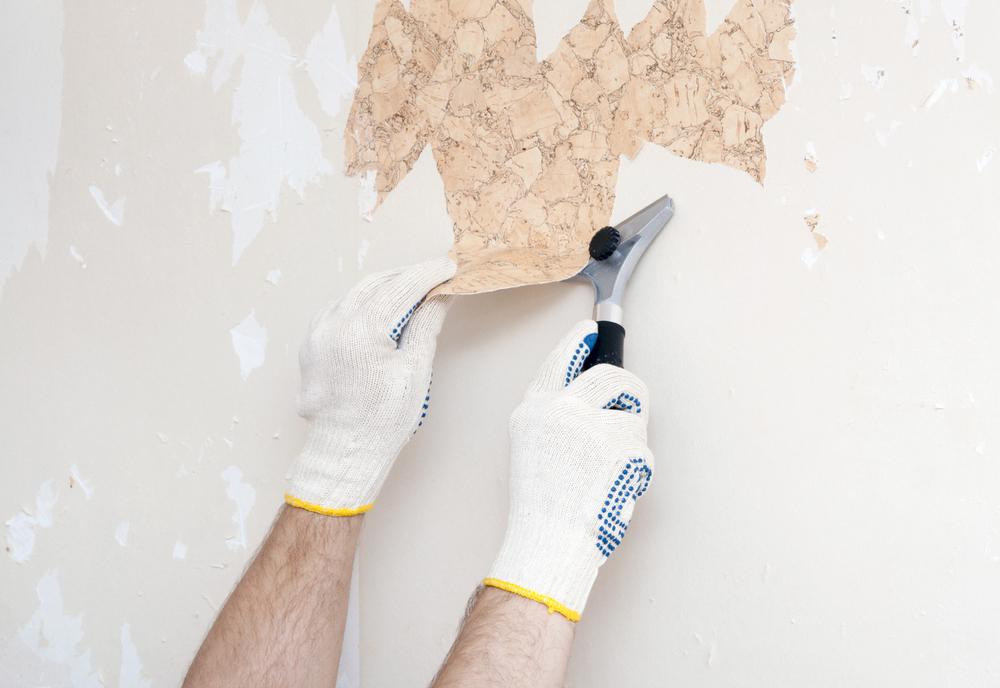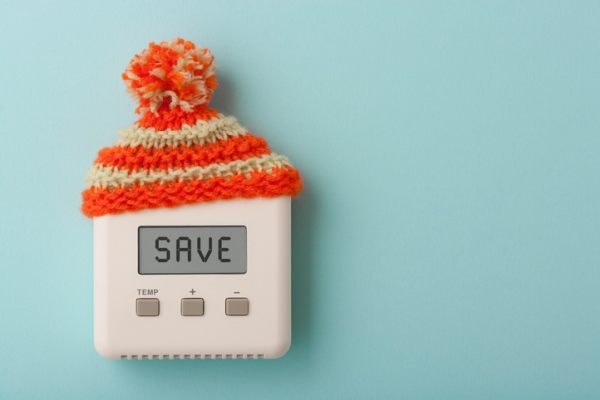Chester County PA Real Estate Market Trends for December 2018
Chester County PA Real Estate Market Trends for December 2018
Chester County PA single-family homes saw pending sales decrease by 39.0% in December 2018 when compared to December 2017. 527 homes sold in December with a median sales price of $320,000. The average sales price decreased by 2.4%, and homes were on the market 10 days less.
If you are thinking about selling your home get a free instant home evaluation Learn More.








